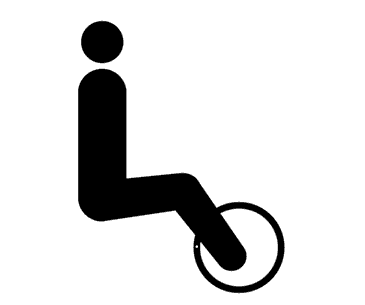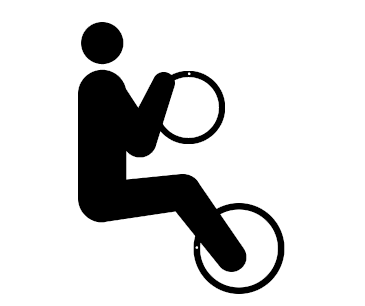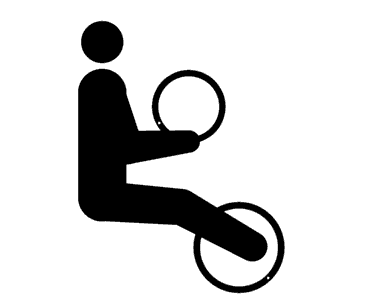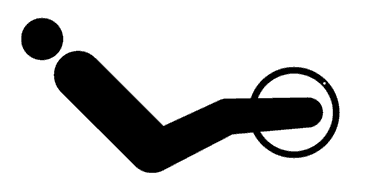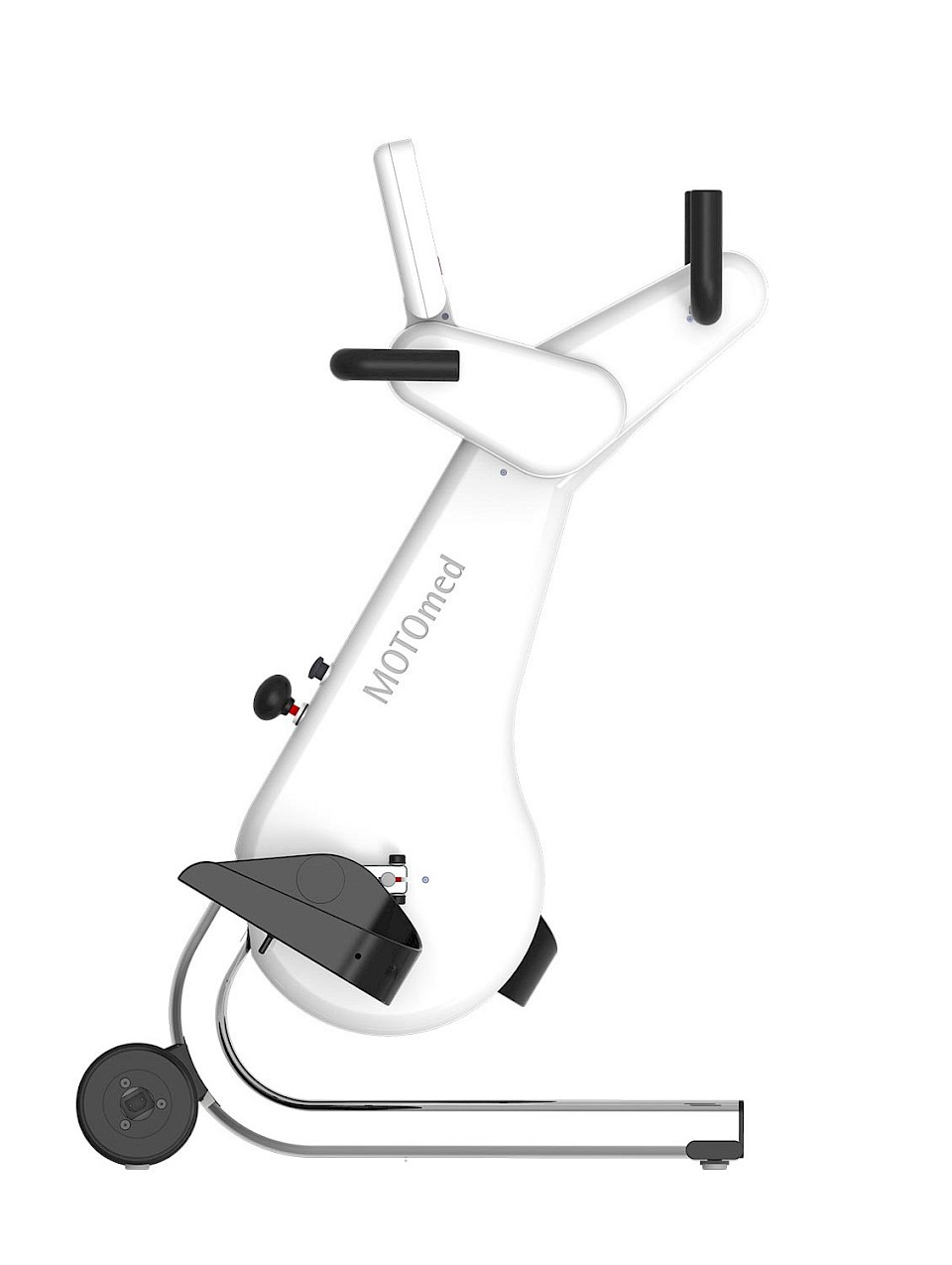Acute / Intensive
Early mobilization
MOTOmed Movement Therapy in ICU and in nursing beds can contribute to an improvement in the general condition of patients, thus reducing the length of stay in intensive care.
Movement therapy with the MOTOmed (MOTOmed next generation: MOTOmed layson edition as well as MOTOmed classic: MOTOmed letto2 series) is highly valued, especially in early mobilization. In addition to general therapy benefits that maintain body function, positively affect circulation and digestion, promote mobility, regulate tone, or stabilize circulation, MOTOmed Movement Therapy Devices are also used for ventilator weaning in coma/ or intensive care patients.
MOTOmed Movement Therapy devices are characterized by best usability in everyday clinical use. The equipment with large transport rollers, a spreading trolley and a gas-spring-assisted, infinitely variable height adjustment relieves the burden on therapy and nursing staff, as they can be easily adapted to intensive care beds.
MOTOmed Movement Therapy
MOTOmed Movement Therapy was developed for people with movement restrictions and complements physical, ergo and sports therapy measures. Users can train while seated in a wheelchair or from a chair. Patients in supine position use MOTOmed from a nursing bed or therapy couch.
In Germany, the device-based movement therapy with the MOTOmed is recognized as an aid for many indications by the statutory health insurance. It is worthwhile to inform yourself!
Therapy modes
passive
The effortless motor driven movement is ideal for the regulation of muscle tone, loosening stiff muscles and for early mobilization after long rests. Passive training stimulates blood circulation, digestion and joint flexibility.
assistive
In motor-supported movement therapy, the function MOTOmed ServoCycling enables easy transition from passive to active training. A motor-supported movement stimulates strength and endurance even with minimal muscle strength.
active
An active training with own muscle power against finely adjustable resistance levels strengthens leg, arm and upper body muscles and stimulates the cardio-vascular system.
Achieving best therapy goals through interval training
Alternating phases of strain and recreation (intervals) through active and passive training give a higher training stimulus which leads to a better therapy success.
Therapeutic goals
- Promote walking
- Reduce the consequences of lack of movement
- Reduce spasticity
- Activate residual muscle strength
- Strengthen the psyche and well-being
- Counteract fatigue



